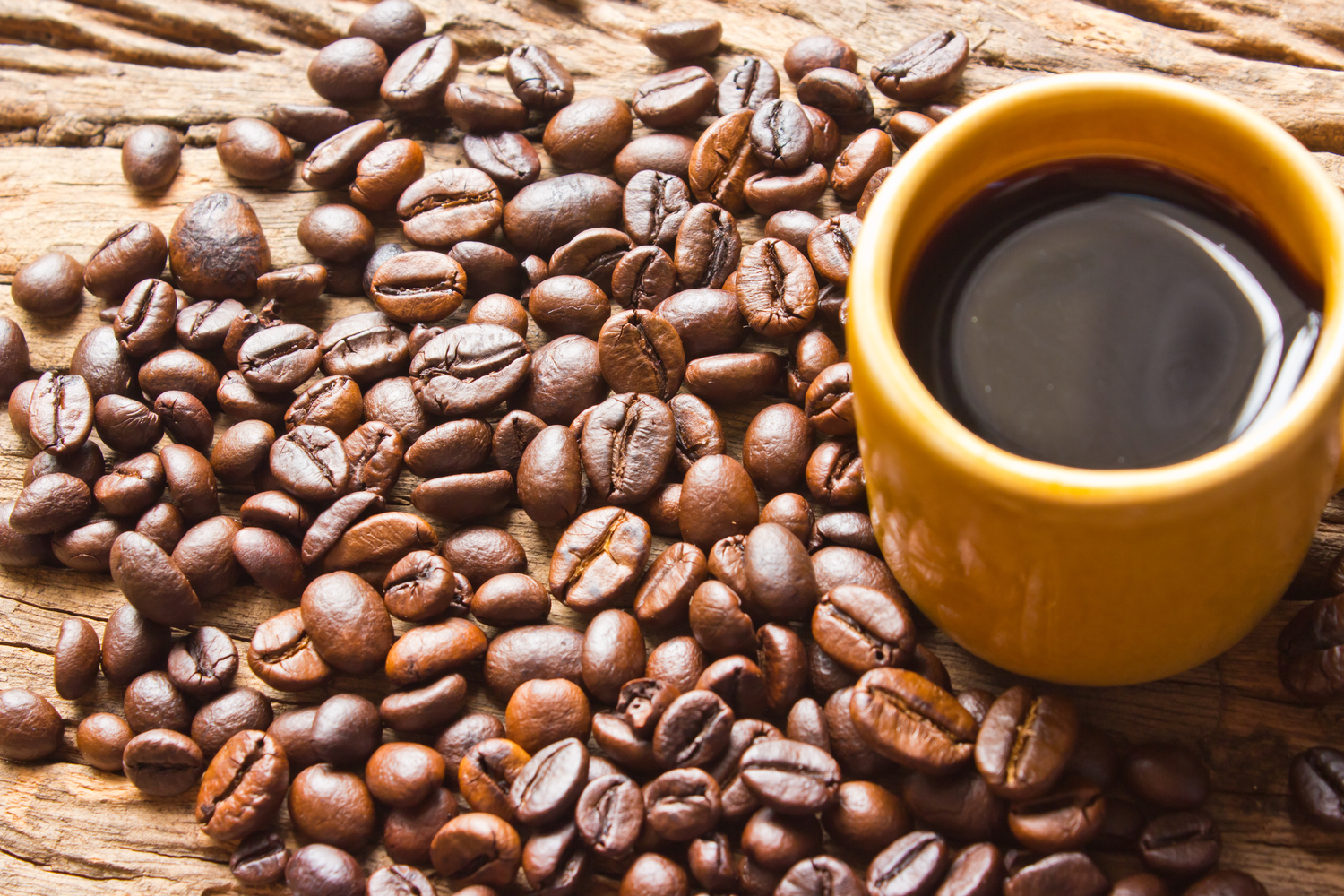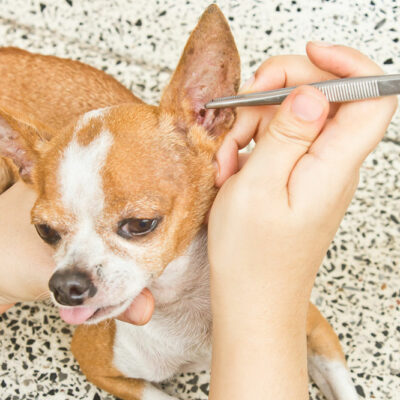
Foods to Keep Away from to Avoid Iron Anemia
Battling with iron deficiency anemia can be a distressing struggle on a daily basis. Iron deficiency anemia is a highly common, treatable condition that is caused by a lack of iron as a result of very few healthy red blood cells in the body. It happens when the immune system breaks down because of a vitally low level of hemoglobin in one’s red blood cells. Hemoglobin is the protein in red blood cells that is credited at carrying oxygen to our tissues.
Typically, medical doctors will prescribe iron supplements or injections in order to manage anemia and most patients will start to feel better within months of maintaining an iron-rich diet. Eating dark leafy vegetables, beans, red meat, raisins, bananas, and seafood are some of the basic protein packed foods that build up iron levels in one’s body. Just as there’s a lot of good, wholesome foods out there to enjoy that are natural iron enablers, there are some foods and beverages that someone struggling with iron deficiency anemia should avoid:
1. Stay away from coffee, tea, and caffeinated sodas
It’s advisable to not drink any beverages that contain high amounts of caffeine. Coffee and tea not only contain caffeine but also are known iron absorbers and blockers. One specific study showed that drinking a cup of coffee with a hamburger decreased iron absorption by 39% and equally drinking tea with the same burger reduced iron absorption up to 64%!
2. Steer away from milk and dairy products
Cow’s milk and other dairy products, that contain obviously calcium; are known interrupters of iron in the bloodstream. Digesting milk can cause the intestines to have a marginal loss of blood, resulting in iron depletion which is a part of the blood. However, some dairy products like cottage cheese and yogurt do have some iron content, it’s best to opt for soy milk or goat’s milk if you’re iron deficient.
3. Keep away from wheat products and whole grains
Researchers today have found that eating whole-grain cereals, ryes, and oats can increase your chance of getting iron deficiency anemia because of a certain content found in whole grains called phytic acid. Phytic acid can inhibit iron absorption and it’s found in hearty, whole grain breads, cereals, nuts, and legumes.
4. Avoid tannin-rich foods and beverages
Foods that contain tannins are certain fruits such as grapes, blueberries, strawberries, apples, cranberries, apricots, peaches, and dry fruits. Tannins are also found in specific spices such as mint, basil, rosemary and in beverages like coffee, tea, and wine. Tannins grow around plants and fruits in order to protect the leaves, stems, and roots from pests and animals from eating the fruit or seeds before they ripe. However, tannin acid in foods can cause stomach irritation and inhibit good iron absorption.
5. Avoid eating foods that contain gluten
Avoid foods rich in gluten and sugar content such as processed foods like breads, cakes, pies, cookies, crackers, and candies, barley-containing beverages like beers, ales, stouts, and porters as well as marinades, gravy mixes, barbeque sauce, catsup, and salad dressings. Digesting gluten-rich foods significantly zaps your body’s iron supply and avoiding these foods can help in recovering from iron deficiency anemia or preventing the condition.
There are more than 3 million cases of iron deficiency anemia in the U.S. today, affecting both men and women. Although iron deficiency anemia is more common in females than men, 7-12% of women suffer from the illness in comparison to 2% of men. The root causes of the condition include the lack of iron in one’s diet, a body’s inability to absorb mineral iron, and losing too much blood such as a result of a colon polyp, peptic ulcer, or prolonged menstruation. Women suffering from a heavy period are very likely to contract iron deficiency anemia. The typical symptoms are fatigue, bodily weakness, shortness of breath, heart palpitations, skin paleness, and frail nails. Some people also experience acute chest pain, tinnitus, an uncomfortable tingling, crawling sensation in the legs, and unusual cravings for non-food substances such as ice or dirt, known as pica.


